






of







of







of





















One of the distinguished architectural monuments and ancient pieces of evidence of the historical past of Azerbaijan is the 15-arched Khudafarin Bridge that was built across the Aras River in the Jabrayil district of Azerbaijan.
The 11-arched Khudafarin Bridge, located upriver, was entirely stone-built and covered with good-hewn stone plates. Researchers suppose it was rebuilt in the 13th century on ruins of an antique one. The total length is 130 meters, the width is 6 meters, and the maximum height over the river surface is 12 meters. As only three, middle, spans of the bridge have survived, it is popularly called “Sinig Korpu” (“Broken Bridge”). The stands are also on the rock. All the surfaces of the bridge are covered with good-hewn large stone blocks. Therefore, the bridge looks particularly monumental. The upper part of some arches was laid on with dark-red stones. An elegant carved patterned stone rosette was found on the bridge. Abutments of the Bridge were also built of rock outcrops. In the middle part of the river, the arches are longer and, consequently, higher, and closer to the banks, the arches are smaller in both width and height.
According to historians, the 11-arched Khudafarin Bridge was restored in the 13th century during the Ilkhanate era due to the movement of huge masses of people in that period. The northern bank of Aras used to be a battlefield between the Ilkhanate and Golden Horde, and therefore there was a need to transport numerous troops. Besides, the remains of the tent city “Aladag” with structures for the nobility found here prove that the Ilkhanids made crossings over the Aras River in winter.
Sadikhzade was the first Azerbaijani scientist to study the Bridge on the spot and perform its visual measurements, publishing the results of research in 1963 in the “History of Azerbaijani architecture”. A detailed study of the remains of the Bridge and its measurements was made in 1974.
Along with great constructive stability, the 11-arched Khudafarin Bridge demonstrates strong artistic expression. Like 15-arched Khudafarin Bridge, the 11-arched Khudafarin Bridge is a universally valuable site due to the world-important historical event, matching the beautiful landscape, high level of engineering performance, etc. Parts of transcontinental roads including the Great Silk Road, the Bridge was useful not only for domestic and international relations but also for those between continents.
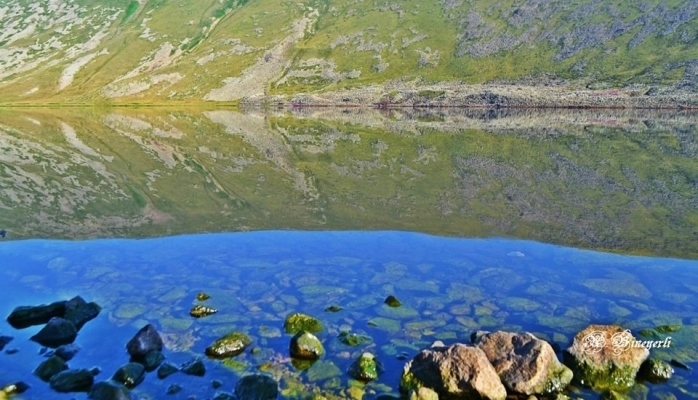
Qaragol Interrepublics State Reserve was set up with the decision of the Council of Ministers dated November17, 1987. Garagol State …

The idea of establishing Aghdam Bread Museum, which is considered to be the second in the world after the Zurich …
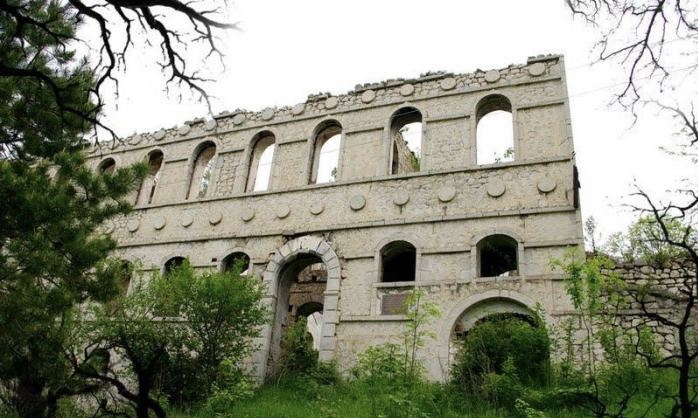
The Khurshudbanu Natavan’s House is a historical and architectural monument of the 18th century located in the city of Shusha. …

Museum Mausoleum Complex of Molla Panah Vagif is located in Shusha, Azerbaijan. It was built in honor of Molla Panah …
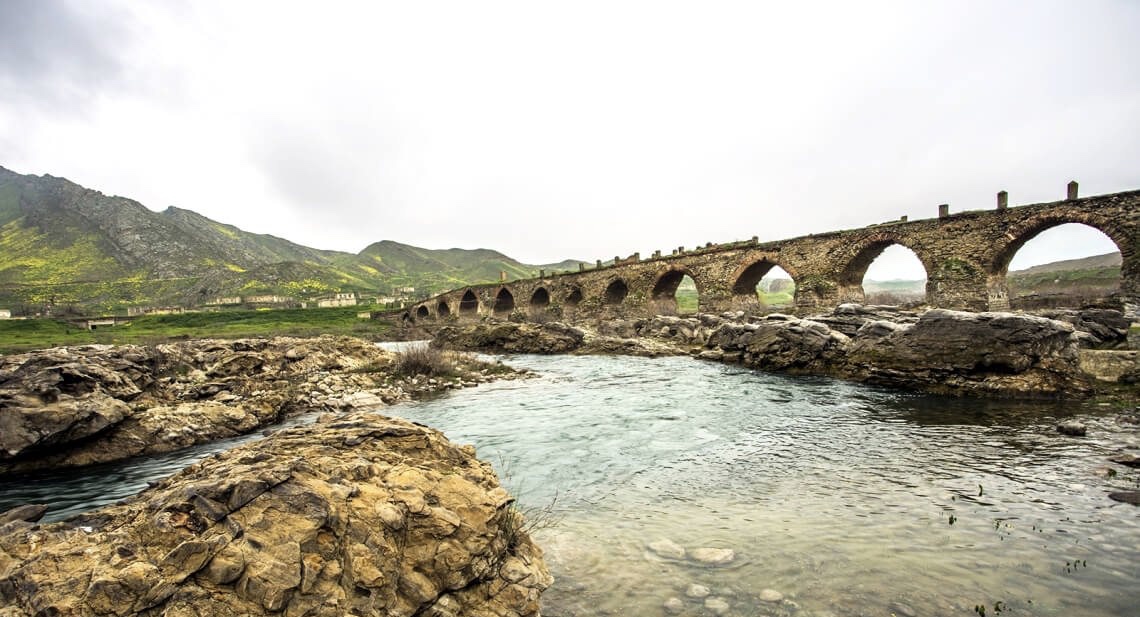
The Bridge belongs to the Arran architecture school. The first written source that mentioned the 15-arched Khudafarin Bridge belongs to …
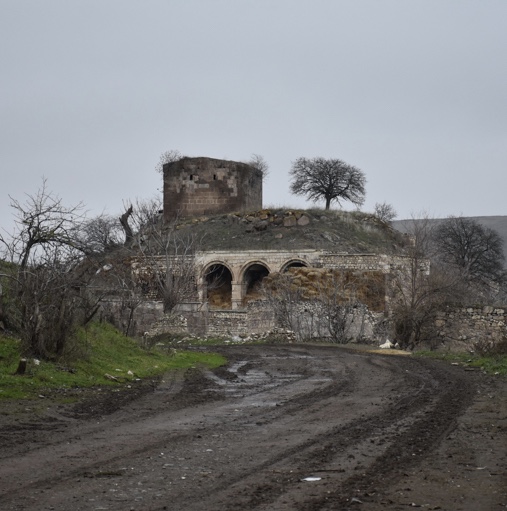
Garghabazar Caravanserai was built in 1681 at the hillside, in the center of Garghabazar village of Fuzuli district, 8 km …
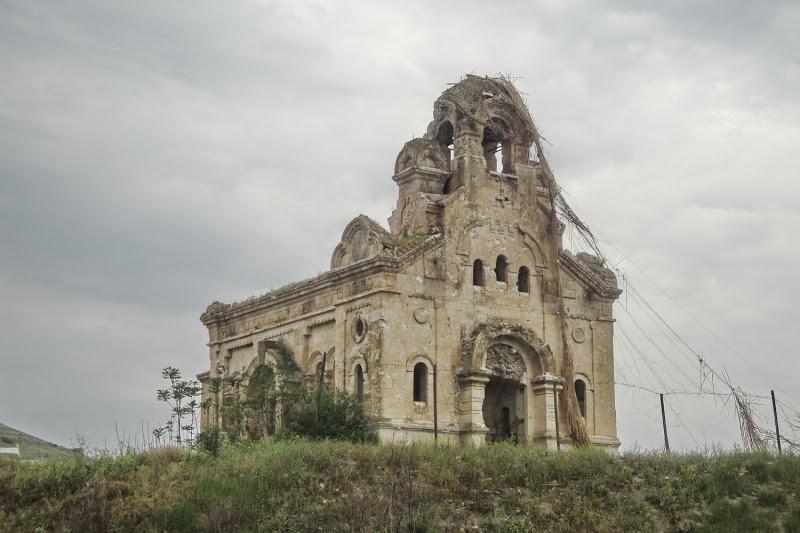
Armenia’s vandalism in Nagorno-Karabakh and seven surrounding regions affected not only the historical, cultural, and religious heritage of Islam but …

Jabrayil History-Ethnography Museum has been operating since 1953. Archaeological and ethnographic materials belonging to the history of the region, textiles, …

Khudavang, or Dedeveng, Monastery Complex is located in the Vang village of Kalbajar District, on the left bank of Tartar …

“The 19th century Aghdam Juma Mosque is perhaps the only structure that has withstood the years of neglect since the …